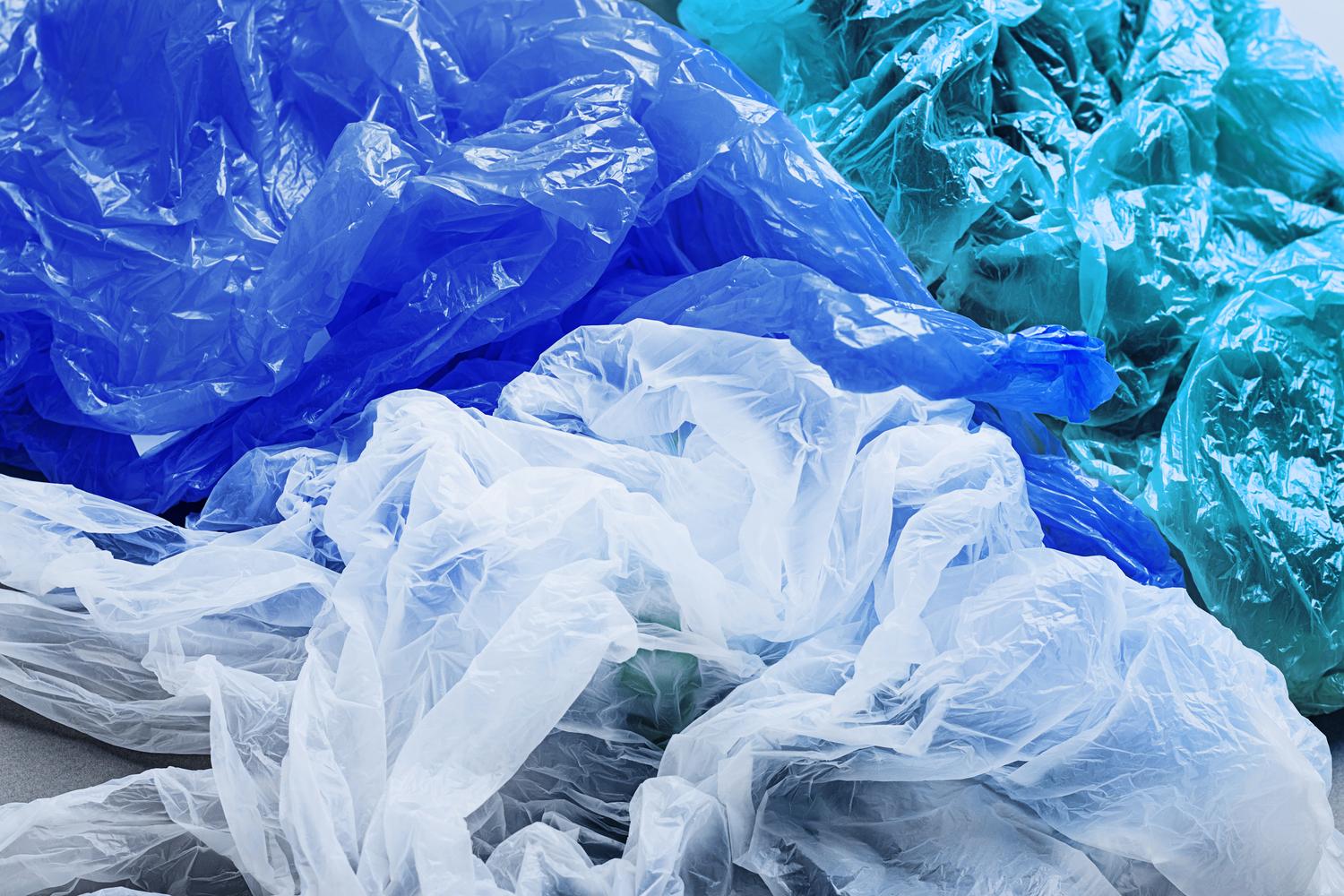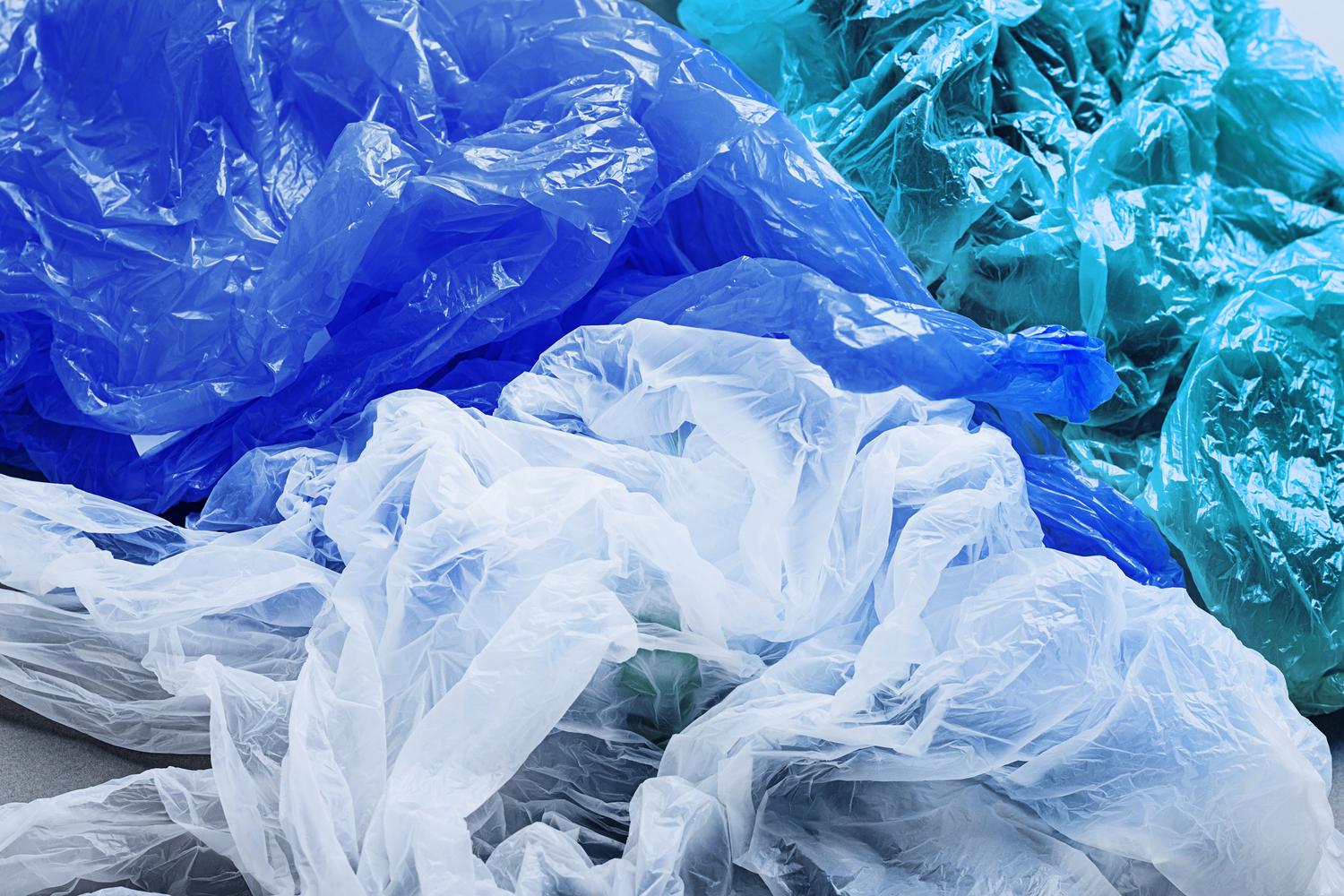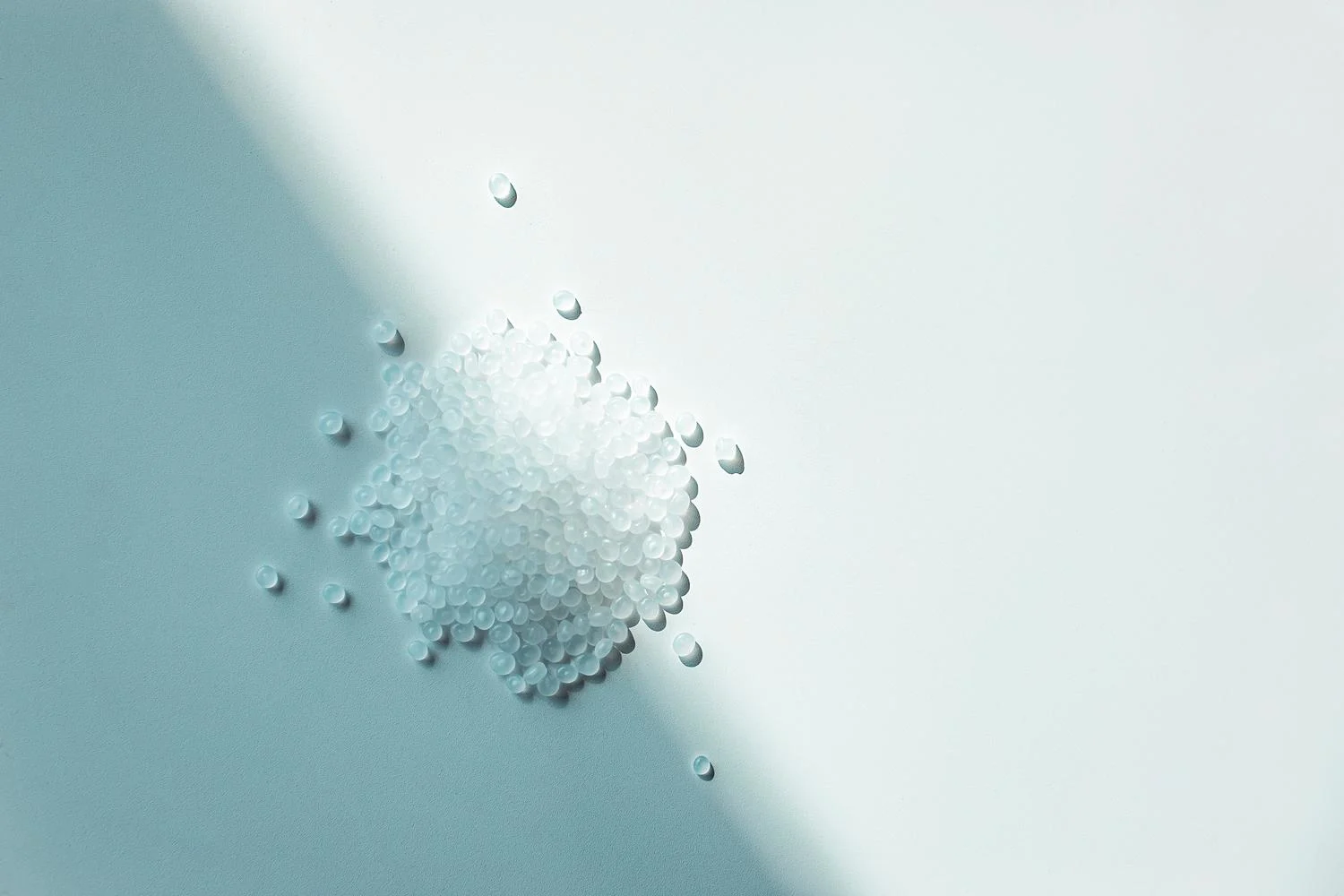
Plastics
7 minute read
Chemical recycling of plastic in action: How four companies teamed up to turn industrial production waste into valuable products
In the polymers industry, there are waste streams that the industry has, so far, not been able to recycle. Finnish company Uponor found itself in a similar situation and decided it’s time to make a change: they decided to find ways to recycle materials that were considered not recyclable in the past. And together with three other partners, they succeeded.
Imagine you’re a producer of pipes for housing and construction purposes. Although you have already optimized your processes to a very high degree, some inevitable material losses remain with the production of every pipe: a small portion of production scrap. The problem with this scrap is that there is not really any use for it.

The situation described above is one that Finnish sustainable water solutions company Uponor was facing. Among a wide range of other products, Uponor is producing pipes for heating and plumbing. These pipes are made of a specific type of polymer: cross-linked polyethylene, often referred to as “PEX”. The PEX pipes are an important contributor to energy efficiency and safety. They are robust, temperature-resistant and long-living. They basically bring all the properties you want to see in the pipes transporting water through a building.
These properties go back to the cross-linking characteristic of the polyethylene. Cross-linking refers to the forming of connections between molecules in the polyethylene. Creating these “bonds” makes the polymer more durable, damage-resistant and flexible. Sounds complicated? Let’s try to make it simple: Think of polymers as very long chains – think of cooked spaghetti. If you put a bunch of cooked spaghetti on your plate, you’ll see that they do not form something spectacular, but end up just being a pile of spaghetti. But if you were to use some glue, you could connect strands of spaghettis with each other and form a real noodle network. With every connection you build, you add sturdiness to this pasta pile to form a spectacular piece of delicious art.
With that in mind, let’s consider PEX a very well glued together variant of the spaghetti pile, making it a great choice when in need of a durable product. Unfortunately, it also came with a downside in the past: PEX is considered nearly impossible to recycle with conventional recycling technologies. When producing the PEX pipes, Uponor was left with no alternative but collecting the PEX production scraps and disposing of them. They were either incinerated or landfilled. That’s why the team looked for a more resource-efficient alternative – and found one after bringing together the right partners.
“PEX has a lot of versatile application uses. 50 years of PEX piping speak for themselves,” says Thomas Fuhr, Chief Technology Officer at Uponor. “Our goal is to use 100% of our PEX waste material through closed loop recycling. To get there, we had to start somewhere - and that’s why we started discussions with chemical recycling companies.”
Making plastic waste run fluidly
In Nokia, a small city 150 kilometers north of Helsinki, Finnish company Wastewise Group is running the plastic equivalent of a juice extractor, at least at first glance: plastic waste goes into the facility, liquefied waste plastic comes out of the facility. What might sound quite simple is a complex technology the company invented itself. In contrast to apples and oranges, the plastic isn’t being squeezed out, it’s rather melted, vaporized and condensed. Wastewise uses pyrolysis to turn solid plastic waste into a liquid. In a reactor, the waste plastic is subjected to very high temperatures of nearly 500 degrees Celsius. To avoid burning the plastic in the process, oxygen is removed from the reactor: no oxygen, no fire.
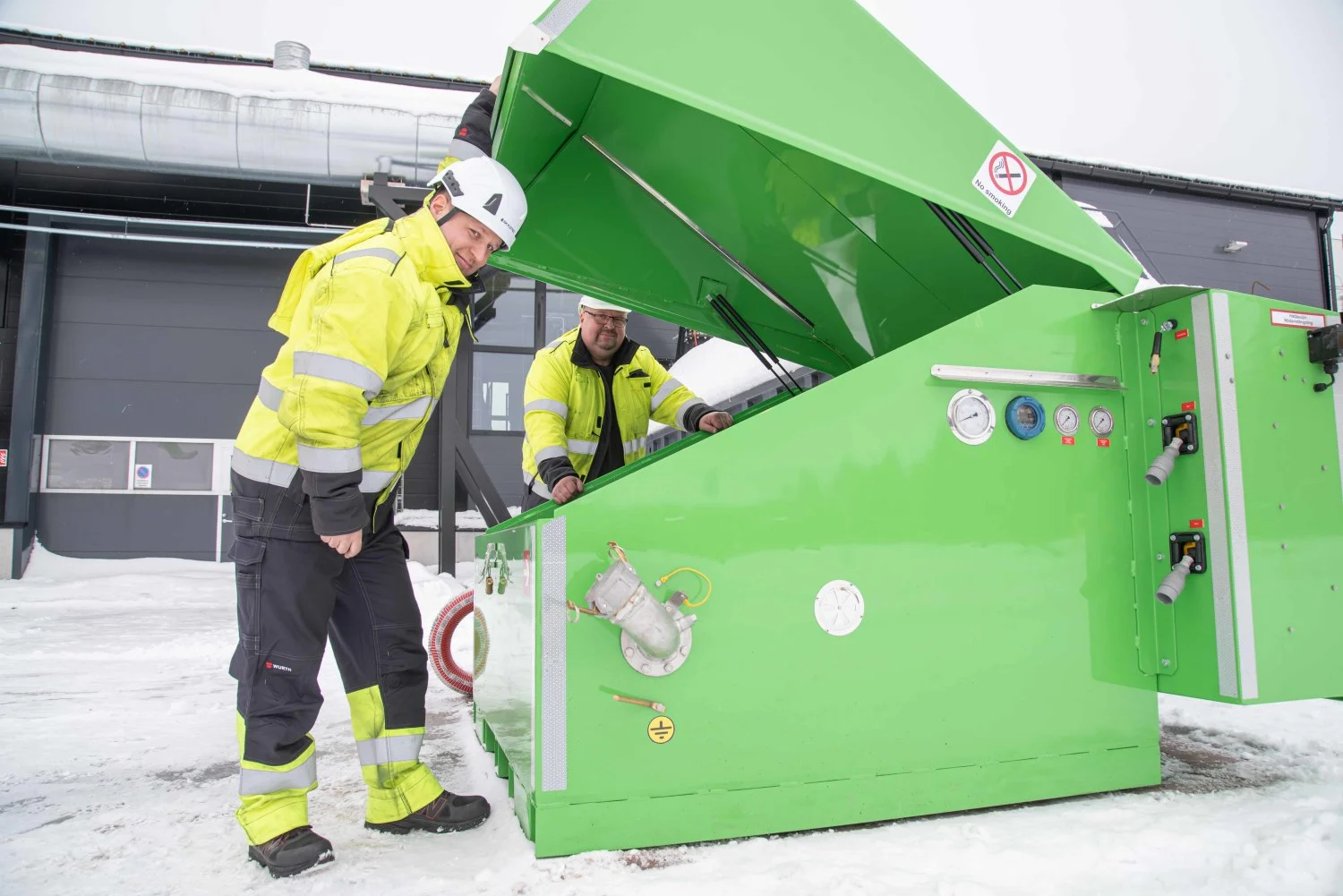
The liquefied waste plastic isn’t a very homogenous mass. While the pyrolysis process gets rid of certain impurities in the original plastic waste (food leftovers, soil, paper), it is still a mix of all kinds of materials or chemicals that were former additives to plastic products. In a way, the liquid resembles fossil crude oil – and it doesn’t stay liquid unless it’s kept at certain temperatures. A part of it, however, is now PEX production waste from Uponor as the Wastewise team was able to use Uponor’s production waste in their pyrolysis plant.
“PEX has been on a list of materials giving recyclers a headache,” says Kaisa Suvilampi, Managing Director and Partner at Wastewise. “Instead of focusing on already recyclable waste, our goal has always been turning hard-to-recycle plastic waste into pyrolysis oil of sufficient quality for further processing. And that’s exactly what we did with Uponor’s waste PEX.”
Kept warm and cozy, the crude oil resembling pyrolysis oil is then transported to Neste’s refinery in Porvoo, Finland. On the site, Neste has been running a conventional crude oil refinery for more than 50 years, but the company is currently in the process of evaluating ways to turn its Porvoo refinery entirely into a circular and renewable products manufacturing site that would eventually phase out fossil crude oil as input for the refinery. A portion of the crude oil is already today replaced by liquefied waste plastic such as the pyrolysis oil from Wastewise. Hence, PEX waste turned into pyrolysis oil is being used as input for the refinery and co-processed together with crude oil and into Neste RE, a raw material for new plastics.
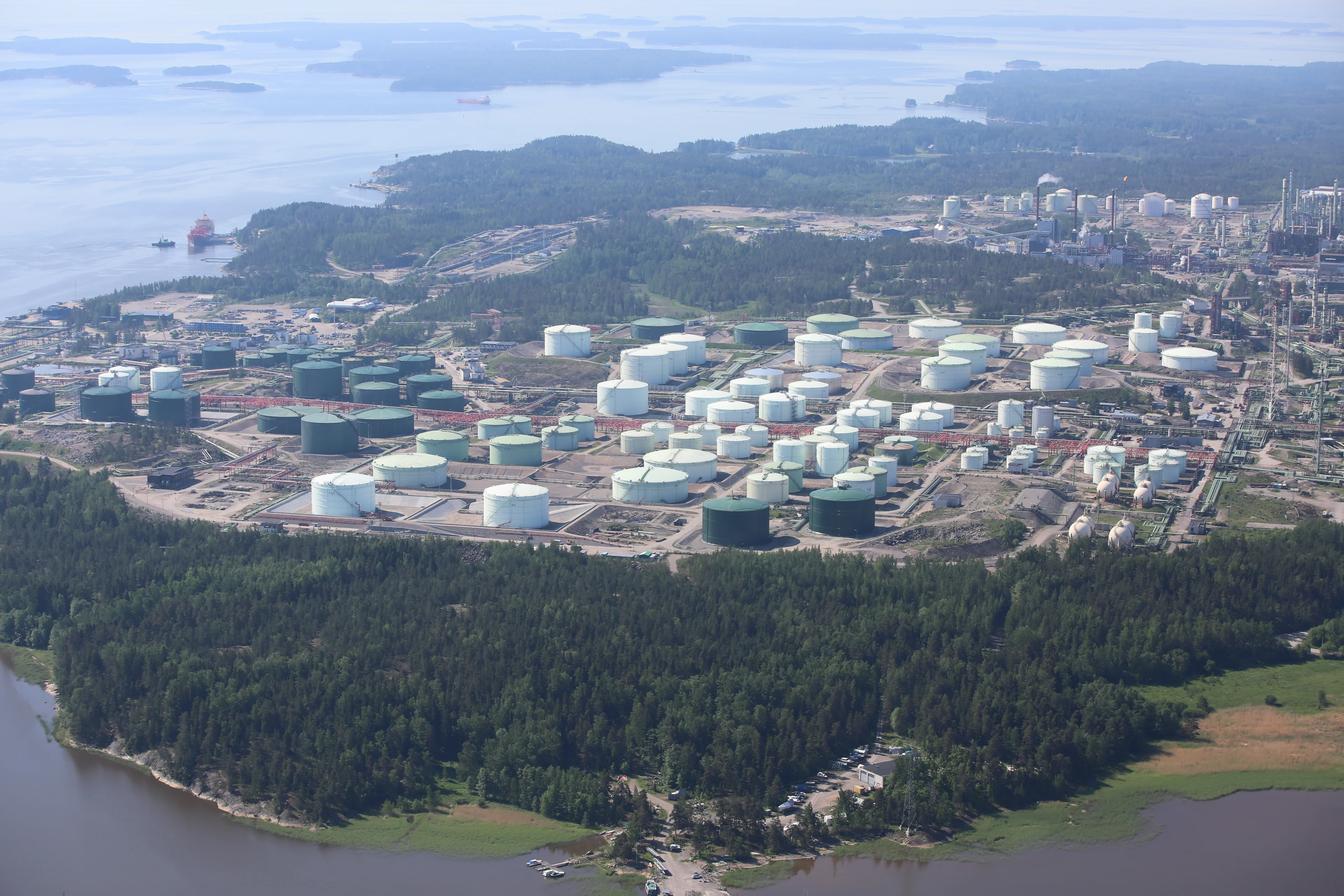
“Using liquefied waste plastic directly in the refinery works at smaller volumes,” says Heikki Färkkilä, Vice President Chemical Recycling at Neste. “Going forward with larger volumes, we’ll need novel refining operations to upgrade the quality of the oil and make it a drop-in quality for plastics production. Capacities for that are to be built up at the Porvoo refinery in the upcoming years. We’ll then be able to process hundreds of thousands of tons of liquefied waste plastic each year.”
In the course of project “PULSE” – backed by the EU Innovation Fund with 135 million euros – Neste is targeting pre-treatment and upgrading capacities of 400,000 tons per year, which are to be gradually reached by 2028. By 2030, the company intends to process 1 million tons of waste plastic per year globally.
Back to the roots of plastics
The output of processing the pyrolysis oil in the refinery is high-quality recycled feedstock that can be turned into new plastics. Technically, the feedstock – basically very long chains of hydrocarbons – could now be turned into new plastics for all kinds of applications. However, as the goal of this particular project was to close the circularity loop for PEX plastics, the recycled feedstock is further transported to Borealis’s steam cracker in Porvoo, Finland. The steam cracker turns these long chains into smaller chains, one of them being ethylene. With ethylene, the circle is almost closed. What remains to be done is turning the ethylene monomers into polyethylene polymers. This is done by Borealis in Porvoo as well.
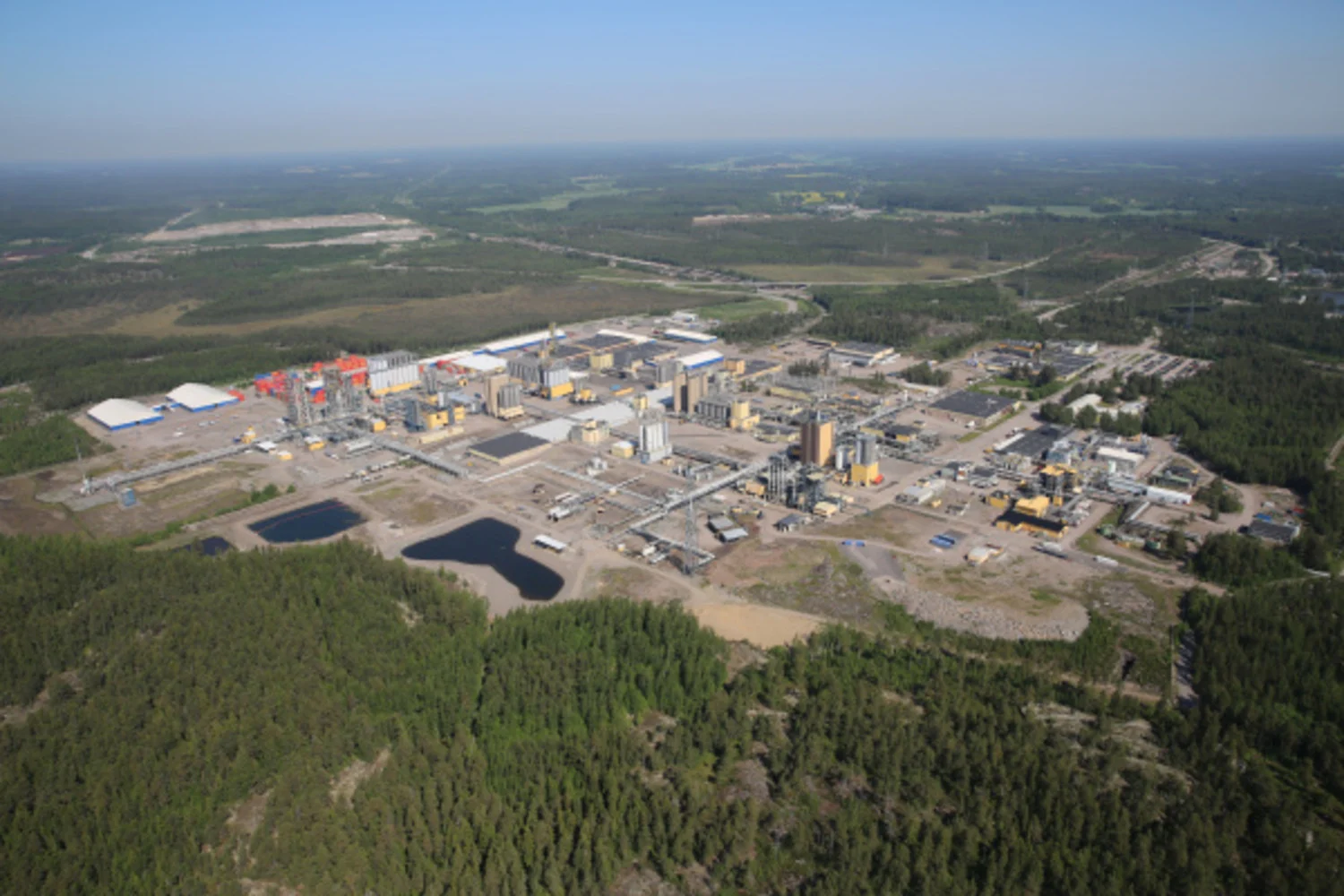
“We were able to integrate chemically recycled PEX pipe waste plastic as a raw material into our established manufacturing processes,” says John Webster, Global Commercial Director Infrastructure at Borealis. “As this doesn’t require additional tests, approvals or validation, it made it quite easy to get this project rolling. Hard-to-recycle waste plastic as input and high-quality polymers as output are not in contradiction anymore.”
The polyethylene is then heading back to Uponor’s facility in Virsbo, Sweden. The cross-linking of the polyethylene takes place with the help of peroxide. Let’s think about spaghetti again: the peroxide basically enables the spaghetti to be glued to each other. For simplicity, imagine each spaghetti strand had hands and we wanted to glue them together by these hands. Unfortunately, their hands are not free. The peroxide changes that. It frees up spaghetti hands, which are then glued together.
The result is PEX which Uponor can now use to produce new PEX pipes. While using production scrap in the initial phase of the cooperation, this could very well be extended to other waste streams going forward. Eventually, old PEX pipes that are currently still used in buildings may be recycled in a similar fashion.
By joining forces and working together, the four partners thereby provided the basis for circularity of polymers that were so far stuck in a linear value chain.


